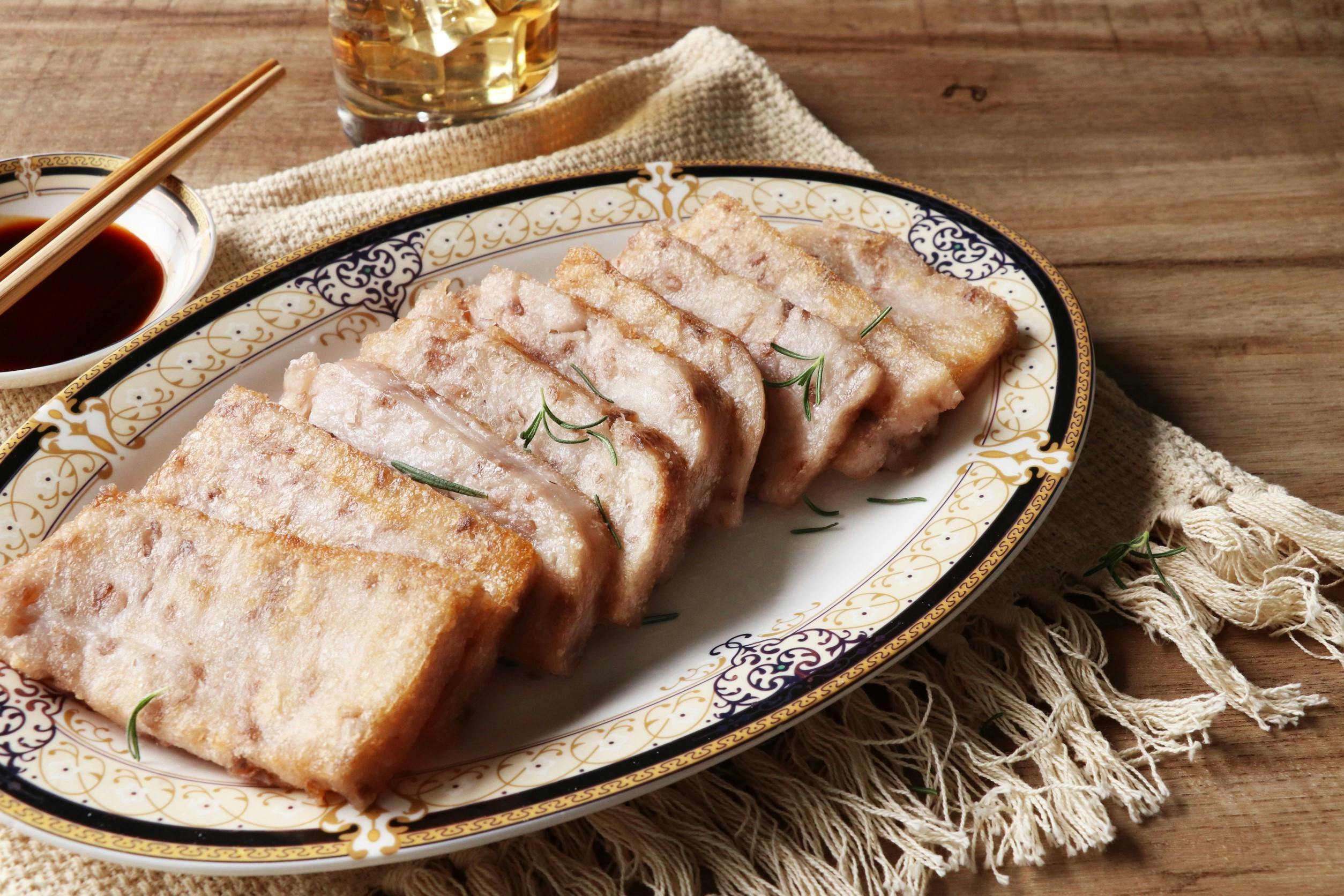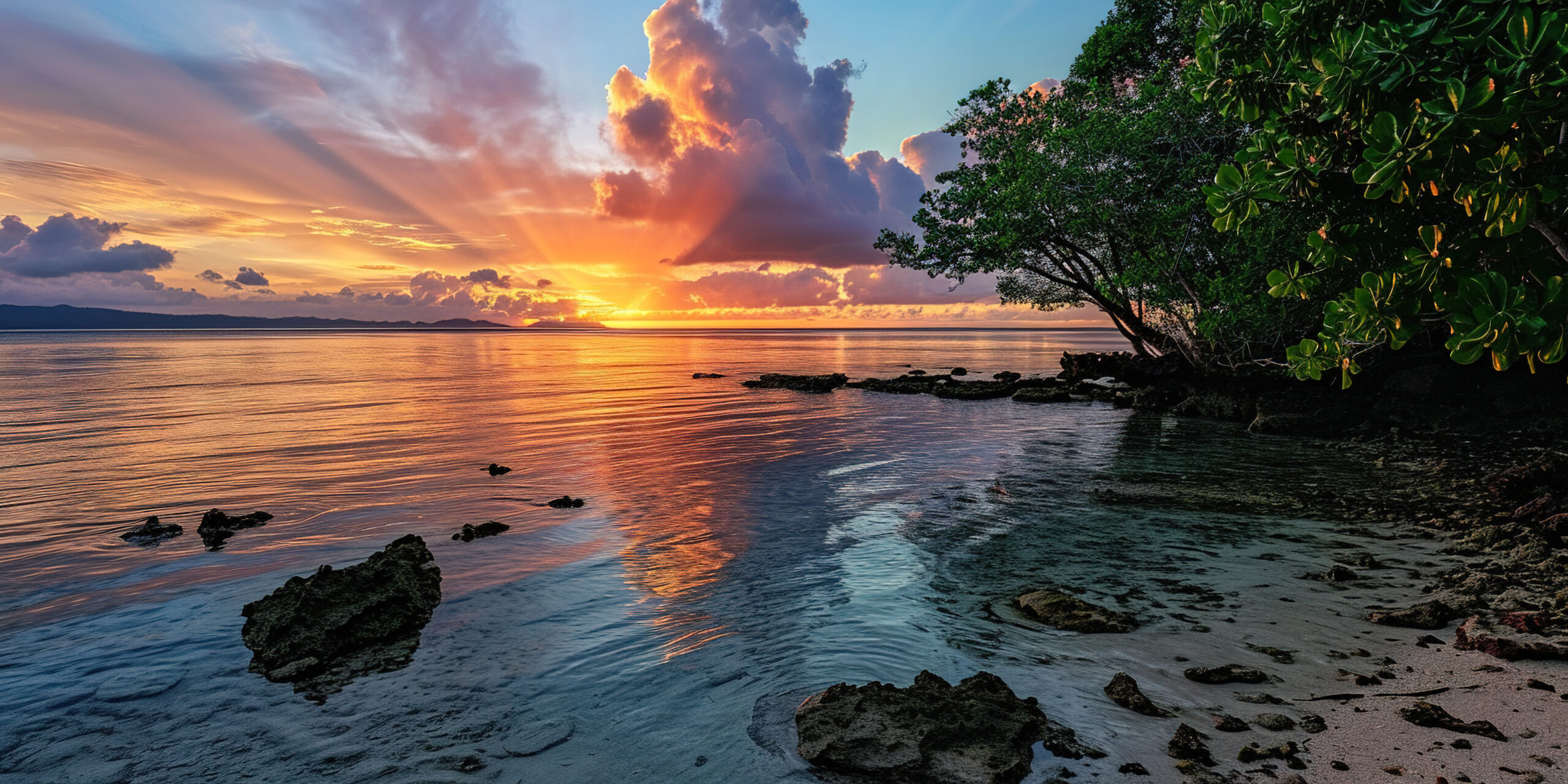Tuvalu Food Guide: Traditional Dishes, Local Flavors, and Must-Try Foods
Tuvalu, a small island nation in the Pacific Ocean, may not be on every traveler’s radar, but its rich culture and cuisine offer unique culinary experiences for food lovers. Known for its pristine beaches, friendly locals, and relaxed atmosphere, Tuvalu is also home to some incredible flavors. From fresh seafood to coconut-based delicacies, here’s your ultimate Tuvalu food guide to discovering the island’s best dishes.
Traditional Tuvaluan Dishes
Tuvaluan cuisine is heavily influenced by the island’s geography and culture. The island’s residents rely on locally grown produce, seafood, and coconut, which are staples in many of the dishes. Here’s a list of must-try foods in Tuvalu:
1. Pulaka (Taro)
Pulaka is a root vegetable similar to taro and one of the most essential ingredients in Tuvaluan cooking. It’s typically boiled or baked and served with fish or meats. Pulaka is a versatile side dish and a great accompaniment to most meals in Tuvalu.
2. Feke (Octopus)
One of the most beloved seafood dishes in Tuvalu, feke (octopus) is often cooked in a simple, flavorful style, usually steamed or grilled. The tender meat is often served with local vegetables or rice, giving it a fresh, coastal taste.
3. Pulu (Coconut Milk Dish)
Coconut is a central ingredient in Tuvaluan cuisine. Pulu, or coconut milk, is used in many dishes to add richness and flavor. One common preparation involves mixing coconut milk with boiled taro, breadfruit, or even fish to create a savory dish.
4. Pipi (Fish Stew)
Fish is a primary source of protein in Tuvalu, and pipi is one of the most popular fish-based dishes. This fish stew is made with fresh, locally caught fish, vegetables, and coconut milk. It’s a comforting dish that captures the essence of Tuvalu’s island life.
5. Te Keo (Coconut Bread)
A delicious coconut-flavored bread, te keo is often served with breakfast or as a snack during the day. It’s typically baked using coconut milk and served alongside fresh fruits or seafood.
Fresh Seafood in Tuvalu
Given its location in the Pacific Ocean, Tuvalu is a seafood lover’s paradise. The islands are surrounded by pristine waters, making it the perfect environment for fresh fish, crabs, and shellfish. Here are some of the best Tuvaluan seafood dishes to try:
- Fish Tacos: While not a traditional dish, local fish tacos have become popular in Tuvalu’s tourist areas. The fish is typically seasoned with coconut, lime, and local herbs, offering a fresh and tangy taste.
- Crab and Coconut Stew: A flavorful stew made with local crabs, coconut milk, and seasonal vegetables, this dish highlights the island’s natural abundance.
Local Fruits and Vegetables
Tuvaluan cuisine is also heavily based on locally grown fruits and vegetables. Some key ingredients include:
- Breadfruit: A starchy fruit that’s often baked or boiled, breadfruit is a common side dish in Tuvalu. Its mild, slightly sweet flavor pairs well with seafood or meat.
- Papaya: A tropical fruit commonly found in Tuvalu, papaya is often enjoyed fresh or in fruit salads.
- Bananas and Coconuts: Both bananas and coconuts grow abundantly in Tuvalu. Bananas are often used in desserts or eaten as a snack, while coconut is used in savory dishes and desserts alike.
Tuvalu Food Culture
Food plays a central role in Tuvaluan culture, often associated with gatherings and celebrations. Meals are typically shared with family and friends, and food preparation is a communal activity. Visitors to Tuvalu will quickly notice the strong emphasis on fresh, local ingredients and traditional methods of cooking.
In addition to its delicious dishes, Tuvaluan food is also deeply connected to the natural environment. Fishing, farming, and coconut harvesting are key aspects of daily life, and the island’s cuisine reflects its close relationship with the land and sea.
Where to Eat in Tuvalu
While Tuvalu is a small nation with a limited number of restaurants, there are a few spots where you can enjoy authentic local food:
- Fetuvalu Hotel Restaurant: A popular spot for visitors, this restaurant serves a variety of local dishes, including fresh seafood and traditional coconut-based meals.
- Tuvalu National Restaurant: Another great place to sample local Tuvaluan cuisine, offering fresh fish dishes and island specialties.
- Local Markets: For a more authentic experience, visit the local markets where you can sample fresh fruits, coconut treats, and other local dishes from street vendors.
Conclusion
Tuvaluan food offers a truly unique culinary experience, influenced by its tropical climate, rich island culture, and abundant natural resources. Whether you’re sampling fresh seafood, enjoying a traditional coconut milk dish, or trying local fruits and vegetables, the flavors of Tuvalu will leave a lasting impression. From casual beachside meals to hearty, family-style feasts, Tuvalu’s food scene is a must-explore aspect of this beautiful Pacific nation.
Whether you’re planning a trip to Tuvalu or just curious about the cuisine, this Tuvalu food guide will help you navigate the delicious and diverse flavors of this Pacific island paradise.
Read more

